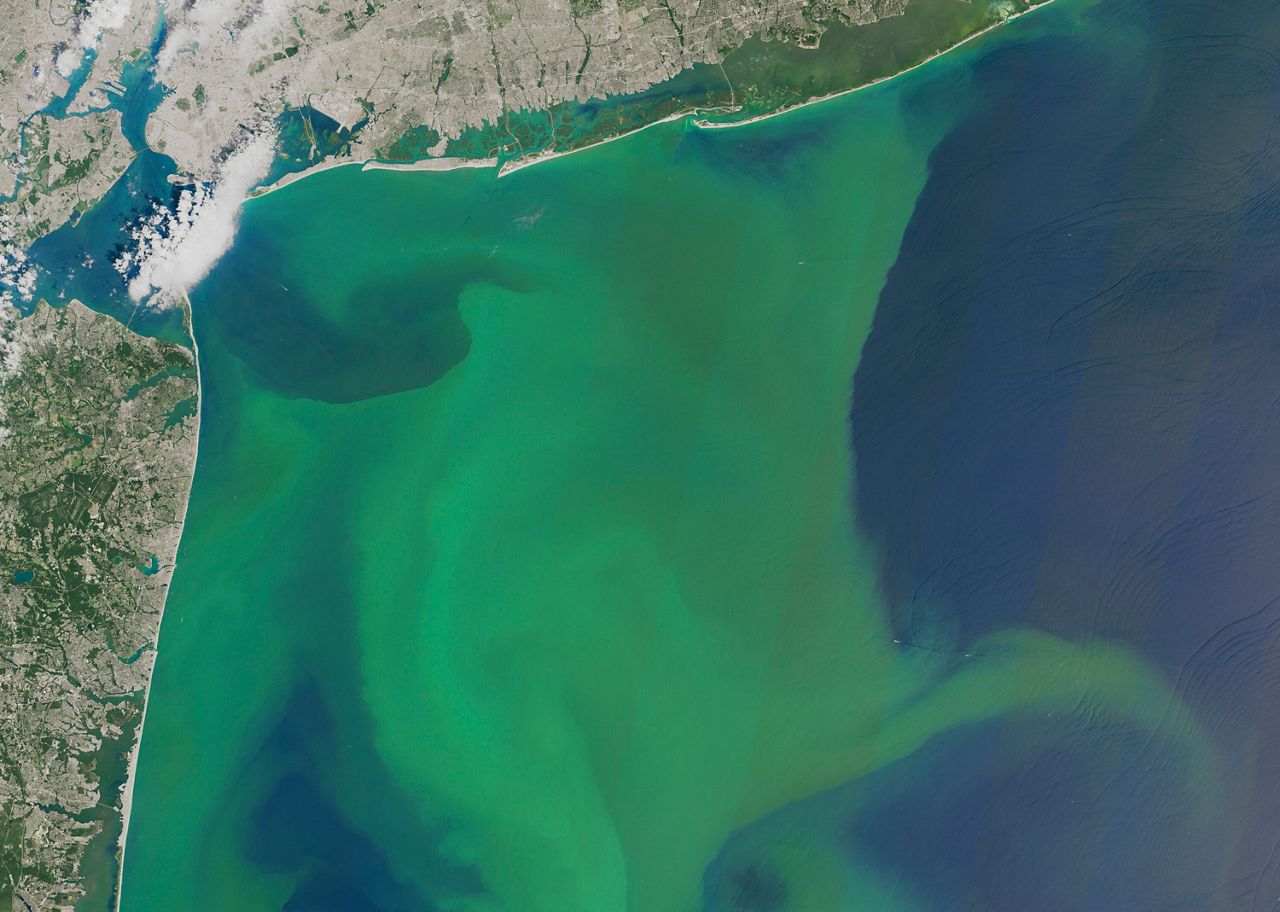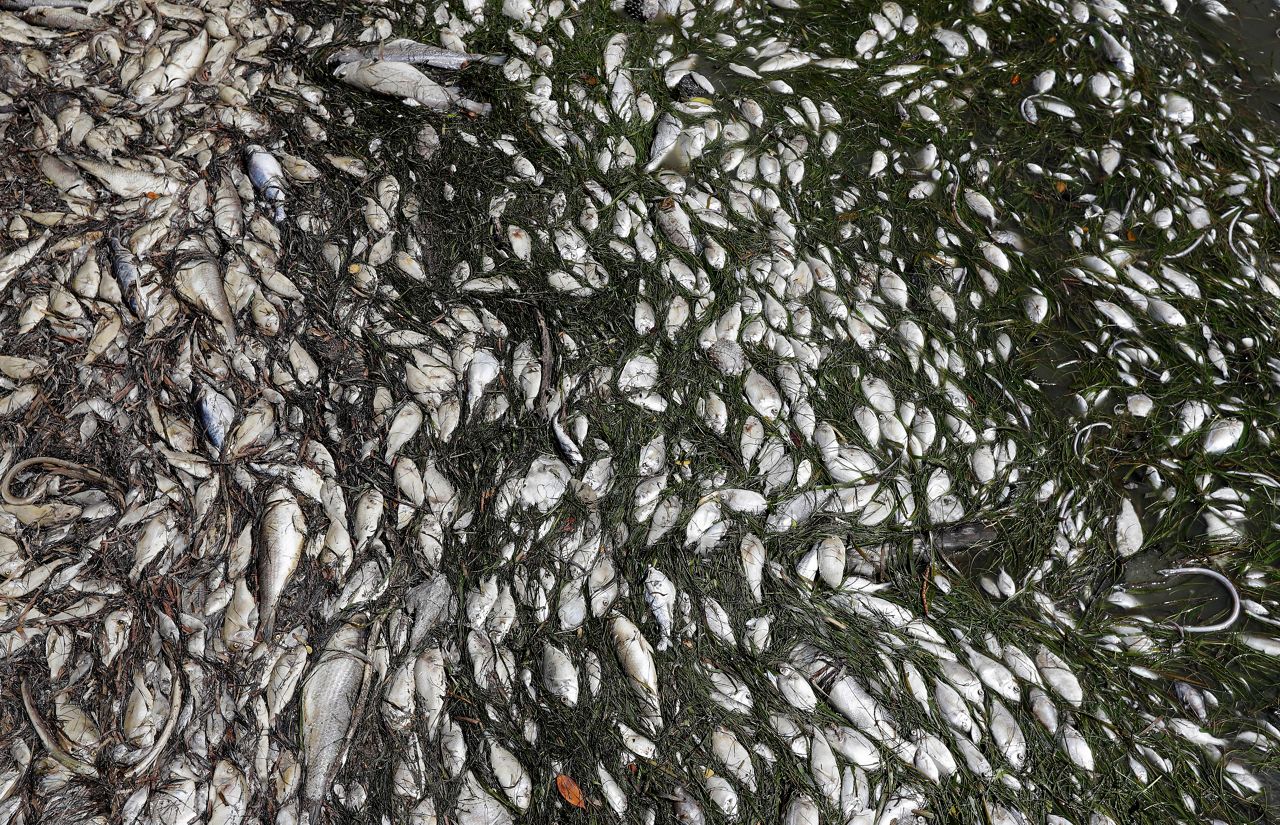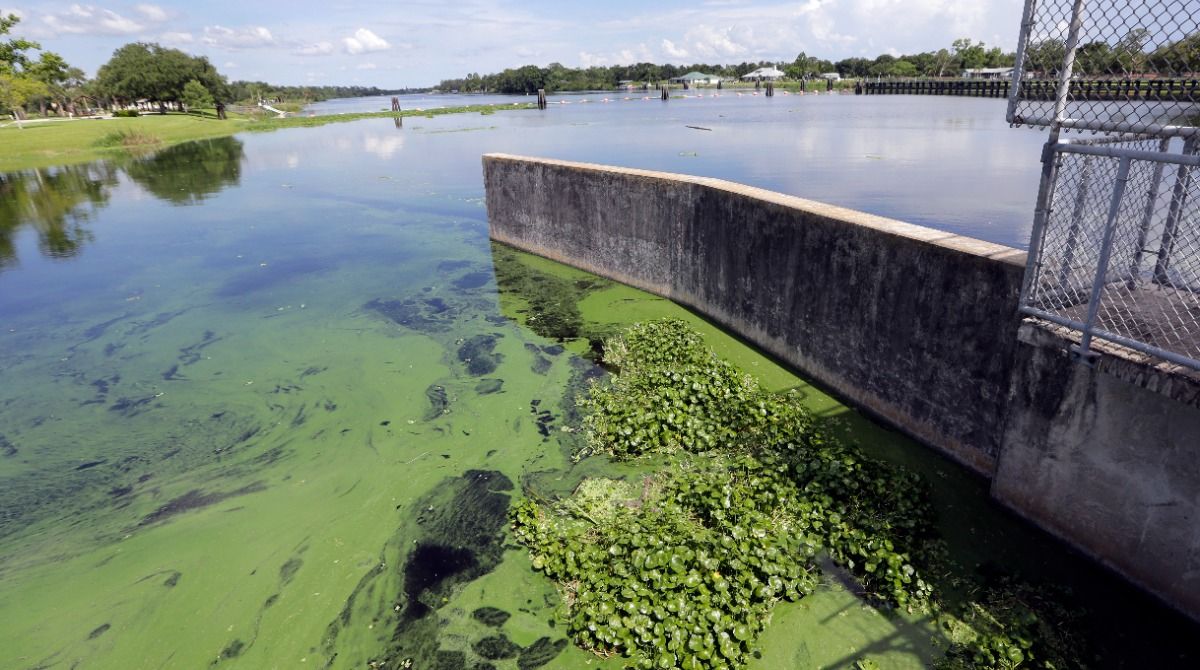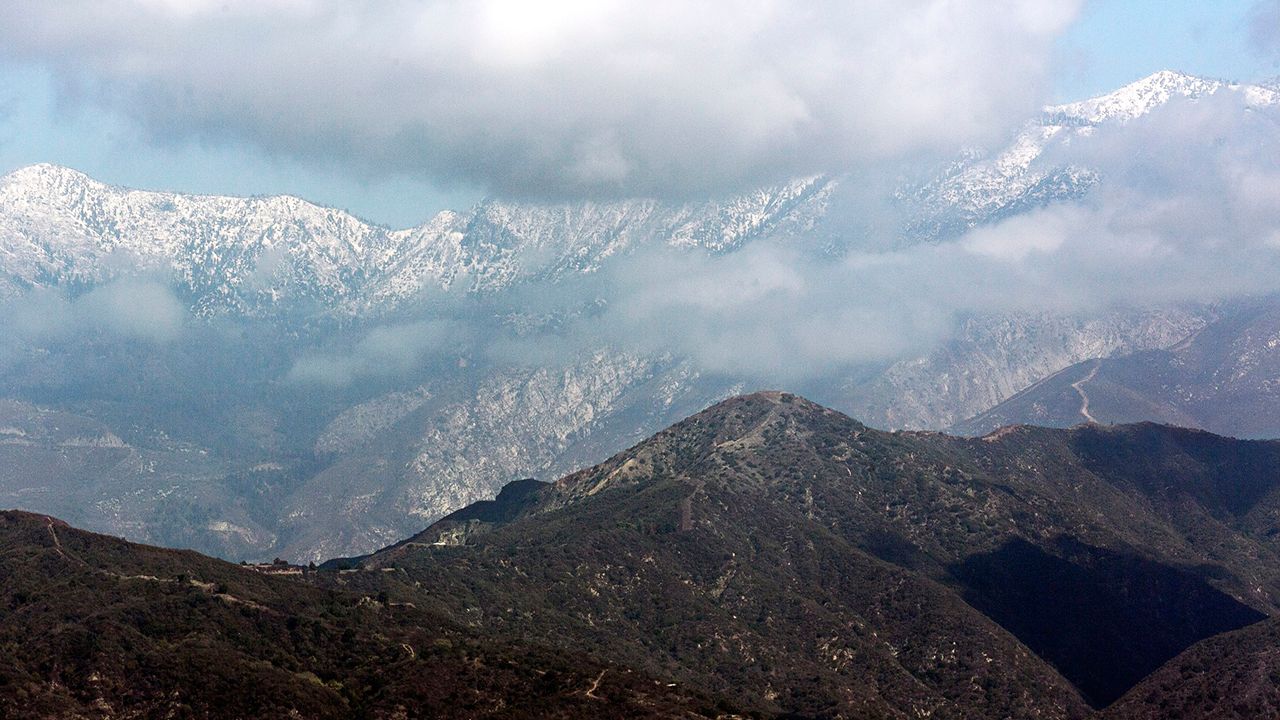If you’ve spent any time around water, you’re probably familiar with algae. Whether in a pool, pond or even on the side of a rock, algae itself is not inherently a bad thing.
Algae is an informal term for a large and diverse group of photosynthetic eukaryotic organisms. Basically, it’s a group of plants that are usually found in water.
Those organisms, or plants, are important to the earth because they contribute to the food chain and produce oxygen needed to sustain life and keep bodies of water healthy. However, if too much grows at once, they can produce toxins that are harmful to people, animals and the environment.
A harmful algae bloom is when colonies of algae grow out of control and can produce toxins harmful to people, animals and the environment. You can find algae blooms in freshwater, saltwater or brackish water.
People have discovered freshwater algae blooms in all 50 states, and saltwater blooms have affected all the coastal U.S. states.
Sometimes these blooms are easy to see on the surface of the water as they can create foam or scum. Other times, a bloom can discolor the water to blue, green, brown, yellow or red.
Some blooms can grow to massive sizes. You can even see large blooms on satellite imagery from space.

Not only can they be visible, but sometimes decaying blooms can release a foul odor from the toxins.
HABs occur when the conditions are right, thriving in warm water that is rich in nutrients like phosphorus and nitrogen. We find those nutrients in runoff from lawn fertilizer, agricultural waste and stormwater and wastewater discharge.
Other natural factors at play that can lead to worsening HABs include abnormally warm water temperatures and heavy rainfall.
Warm water helps increase the chance for blooms to occur. Heavy rainfall can flush excess nutrients from surrounding landscapes and move them into natural bodies of water, which feed the blooms.
People can become exposed to harmful algae and toxins that occur from HABs through skin contact, breathing in toxins, swallowing contaminated water or eating contaminated food.
Swimming in contaminated water can lead to skin irritation depending on how much time you spend in the water and the type and amount of toxins. You can breathe in toxins from a HAB even if you don’t get in the water, but are near the shore or on a boat.
Sometimes toxins from a common type of HAB in Florida, Red Tide, can move thorugh the air almost four miles inland from the water source.
Aside from skin irritation, common side effects after being exposed to toxic algae can include irritated eyes, coughing, runny nose, sore throat and headaches.
If freshwater fish or shellfish eat toxic algae, humans can become exposed to those toxins when they eat seafood from contaminated sources.
Just like people, pets and wildlife can become seriously ill, or even die after being exposed to toxic algae.
As far as pets go, dogs are most likely to get sick when swimming in water near toxic algae. Since dogs will often drink the water, they can easily ingest those toxins.
The smell or taste of algae can also attract dogs. They even try to eat some of the scum, algae or dead fish around the water.
Symptoms in dogs can occur within minutes, so if there are warning signs nearby or you see a bloom in the water, keep your dog away and contact a vet immediately if they exhibit symptoms.

Other animals, especially fish and birds who exist in the same ecosystem as the bodies of water, can become very sick and die being exposed to toxic algae.
When small fish and shellfish feed on toxic algae, those toxins can move up the food chain and eventually affect larger animals like sea lions, turtle, dolphins, birds and manatees.
In Florida, Red Tide blooms cause massive fish kills every few years. In 2021, an outbreak of Red Tide in St. Petersburg killed more than 600 tons of fish.
For more resources on harmful algae bloom safety, or maps with active blooms, you can check here.
Our team of meteorologists dives deep into the science of weather and breaks down timely weather data and information. To view more weather and climate stories, check out our weather blogs section.
Reid Lybarger - Digital Weather Producer
Reid Lybarger is a Digital Weather Producer for Spectrum News. He graduated from Florida State University in 2015 with a Bachelor's of Science in Meteorology. He began his career in local TV news working across Mississippi, Louisiana and Florida for 7 years prior to joining Spectrum in 2022. He's excited for the opportunity to continue to inform the public about the latest weather news with Spectrum.








